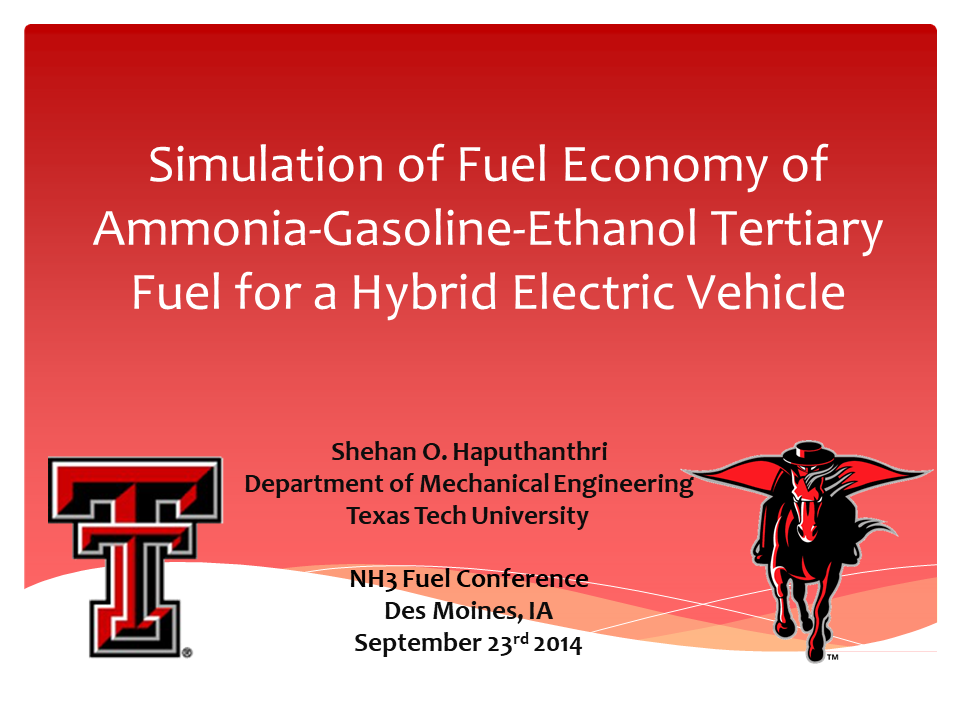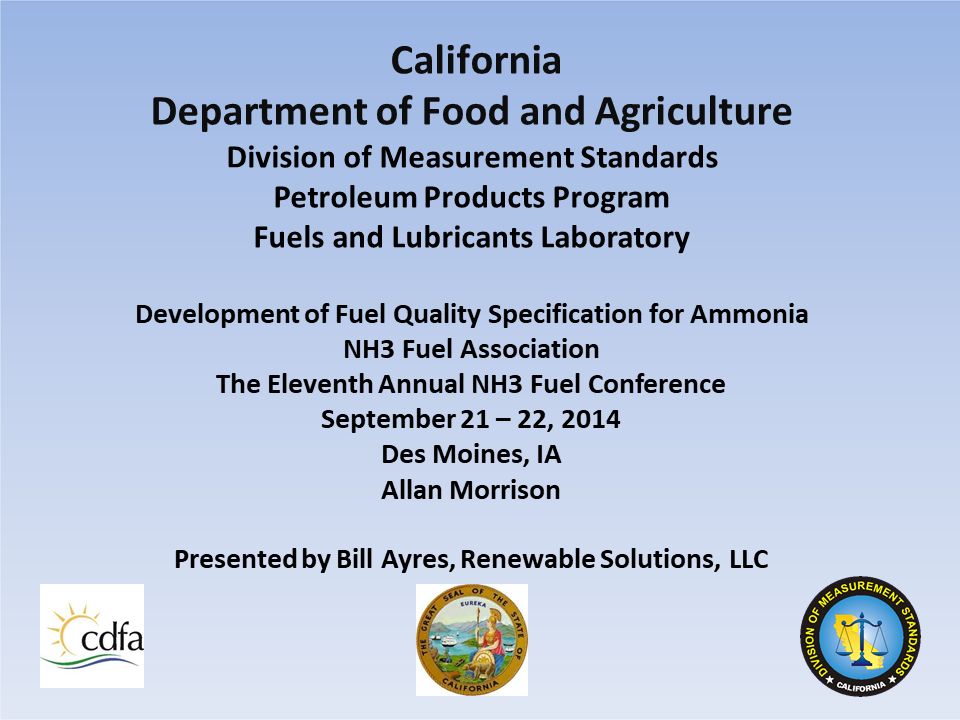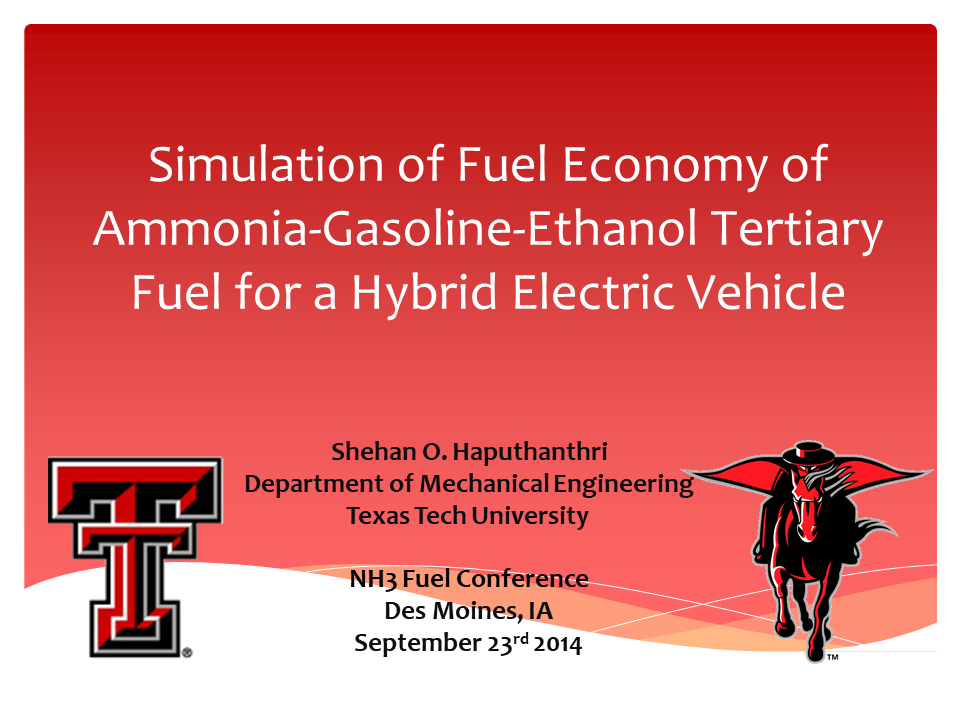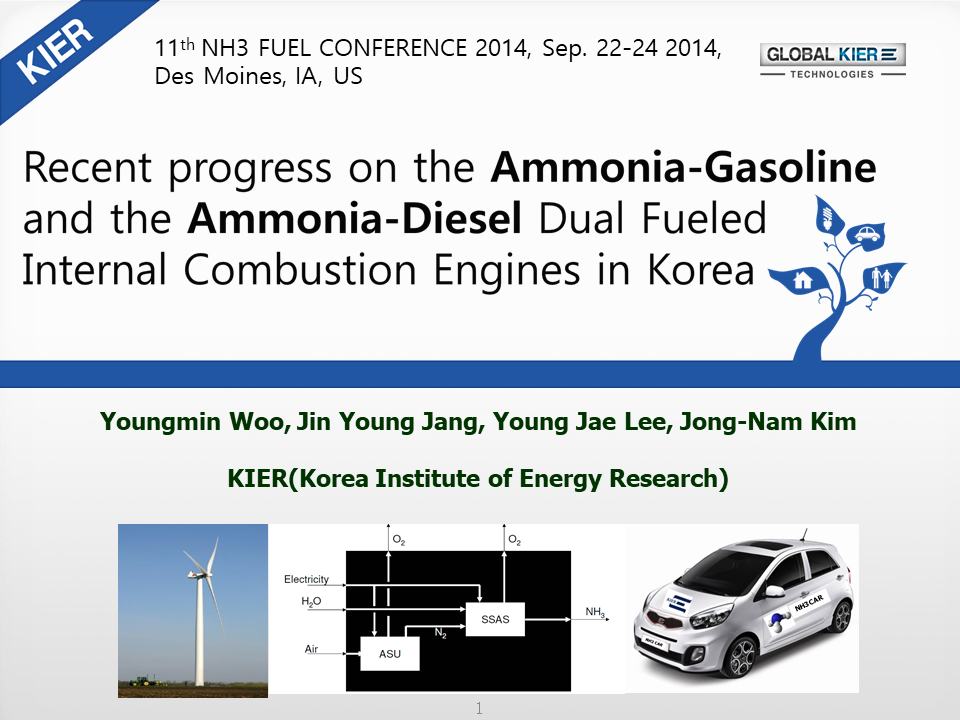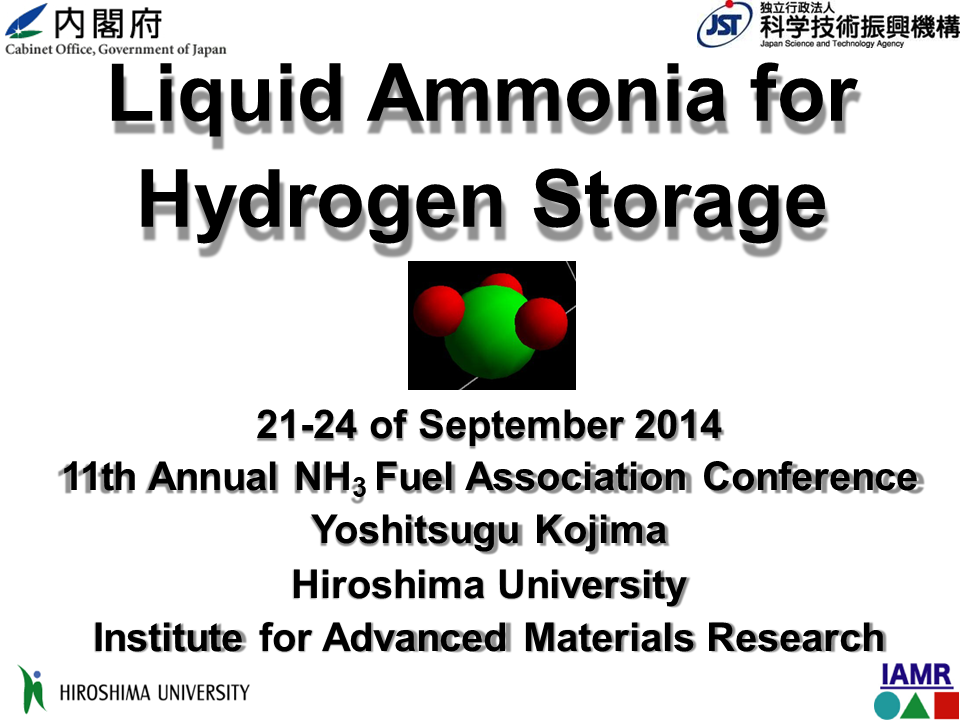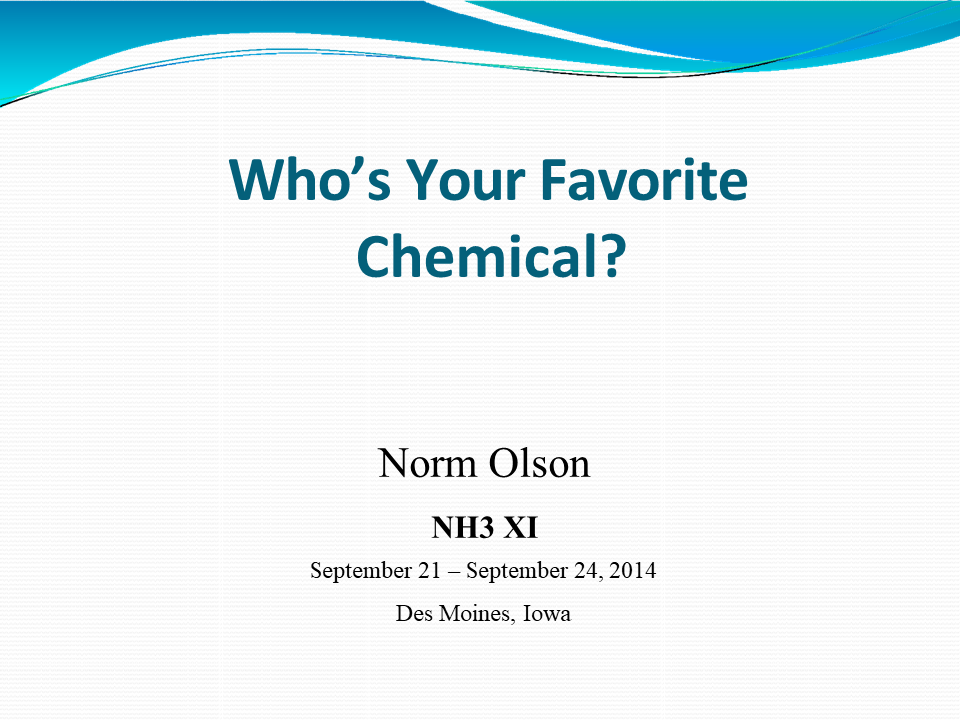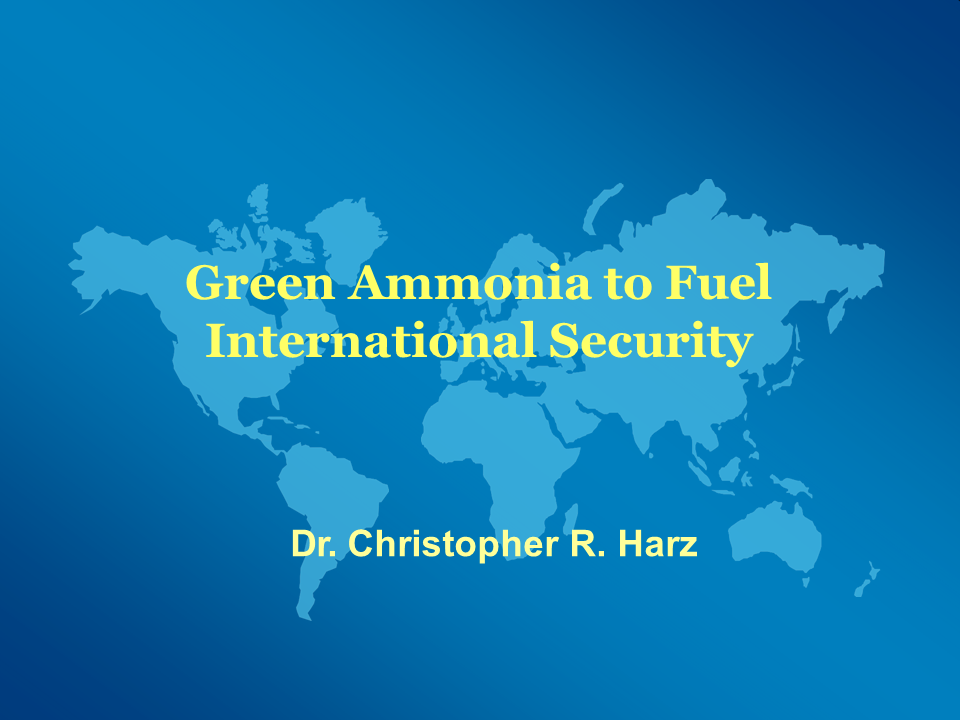Presentation
Simulation of Fuel Economy of Gasoline-Ethanol-Ammonia Tertiary Fuel Blends for a Series Hybrid Electric Vehicle
With the depletion of petroleum resources around the world, a need to have cleaner and fuel efficient automotive technologies and alternative fuel sources has become prominent. Hybrid electric vehicles and sustainable energy sources have gained a high momentum in fulfilling this requirement. To satisfy both needs ammonia, which has been used for a long period of time as a sustainable and carbon free transport fuel can be combined with hybrid electric vehicles. Ammonia when blended with gasoline can be used as an alternate fuel to power existing internal combustion engines. Such blends similar to ethanol-gasoline fuel blends would provide a…
